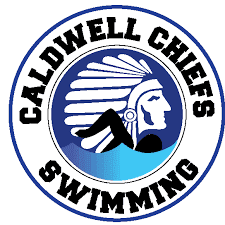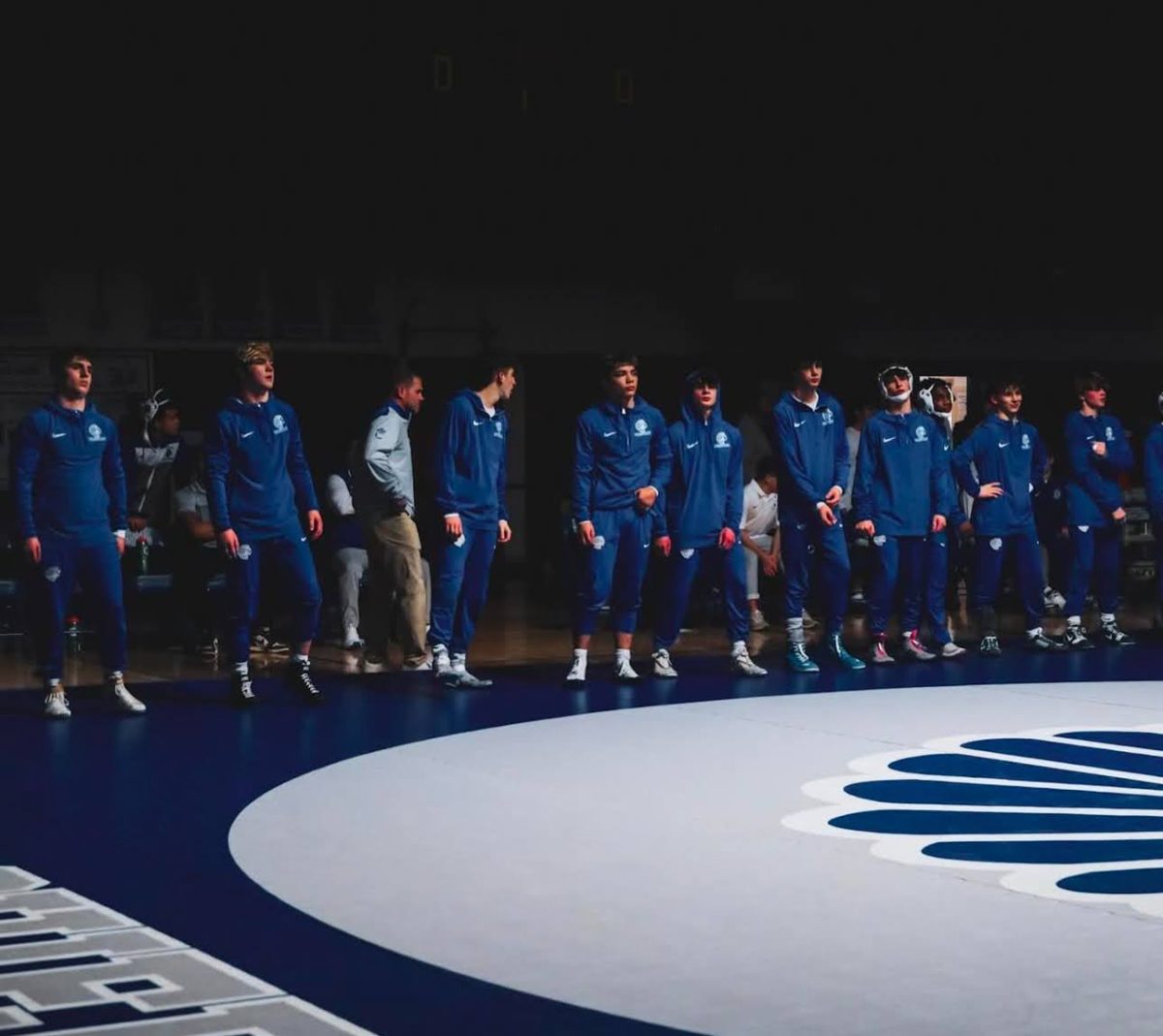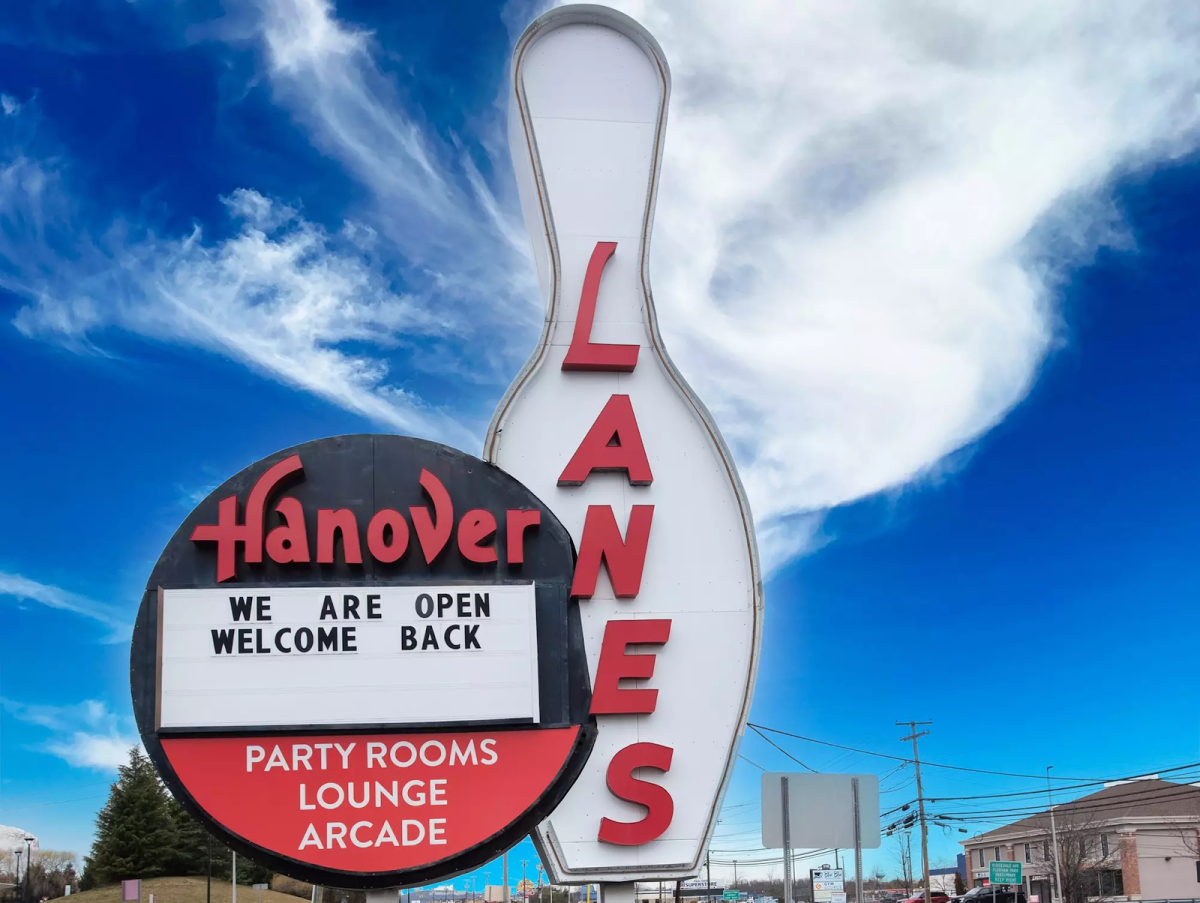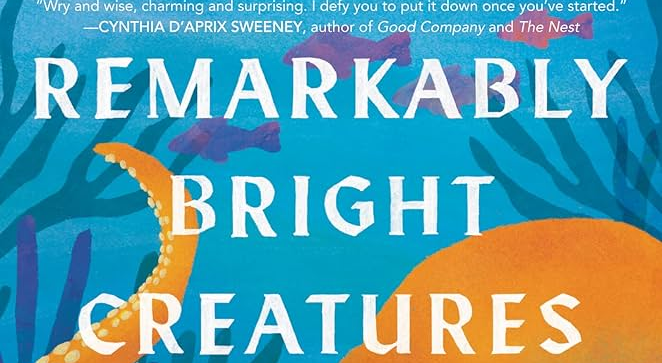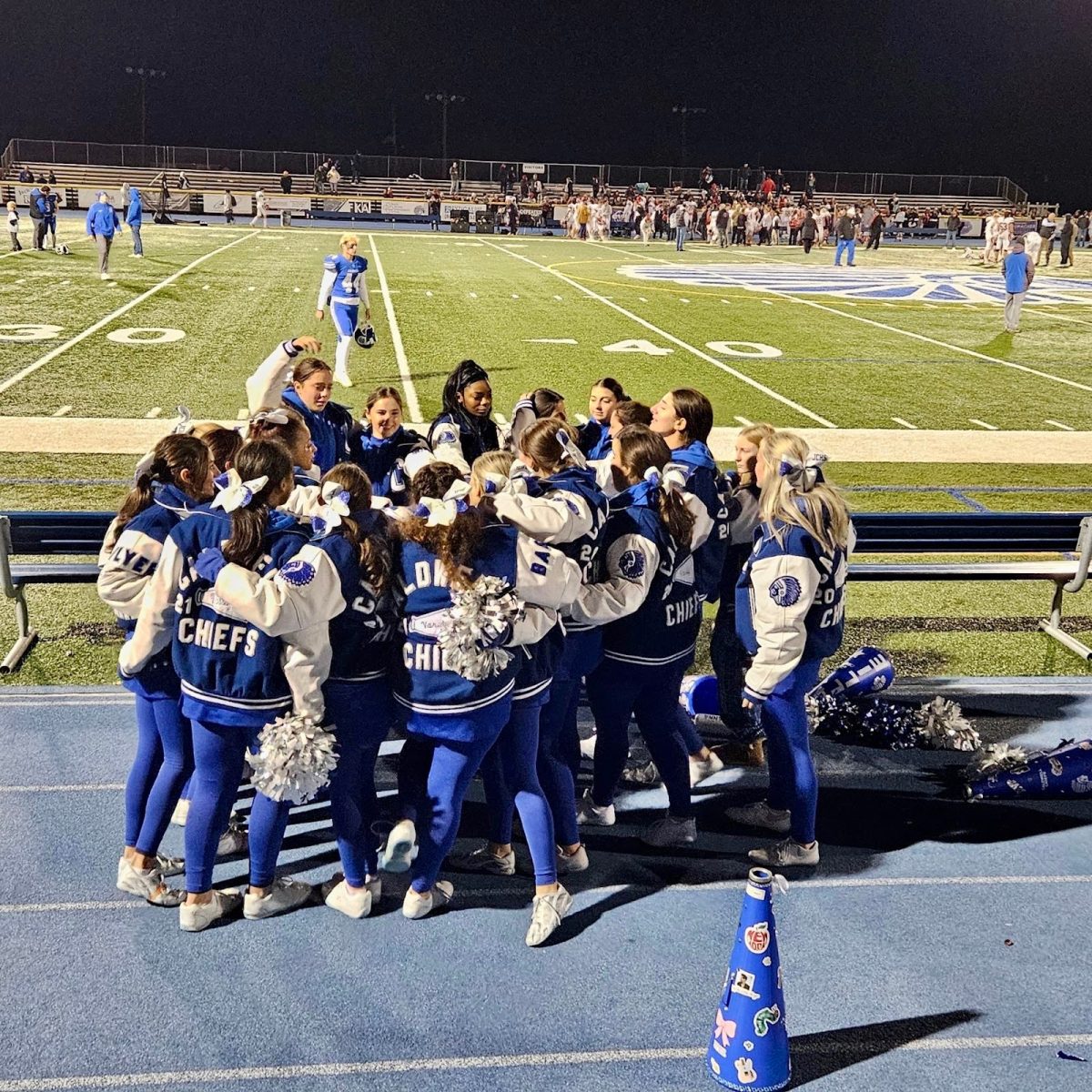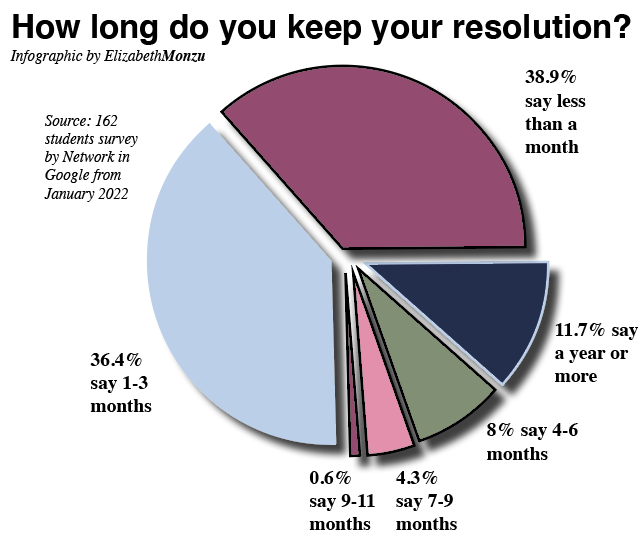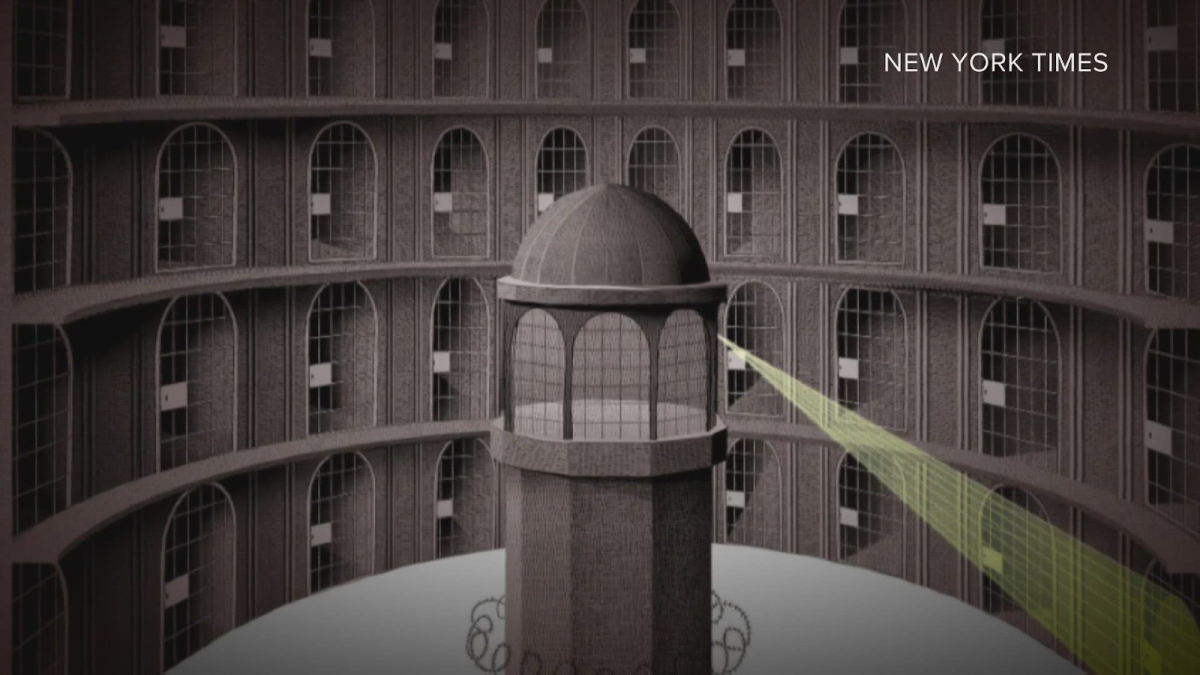American and Alaskan Natives currently make up approximately 2.4% of the United States population, an estimated 10 million people (National Congress of American Indians). Less than half of this group reside on reservations or tribal land. Cultural loss is a huge problem for Native communities. Few elders remain that are well-versed in tribal traditions, ceremonies and languages. Native languages are becoming further endangered as time goes on and speakers pass away. According to the Indigineous Language Institute, of the over 300 indigenous languages that were once spoken in the United States, only 175 remain. That number is predicted to decrease to only 20 spoken indigenous languages by 2050. Native communities and elders are further threatened by the current COVID-19 pandemic.

Native Americans have been disproportionately affected by COVID-19. According to the CDC, the mortality rate from the virus is 1.8 times greater for Native Americans and Alaska Natives than for white people. As of December of this year, 2,689 Native people have died from the virus, especially in older age groups (CDC). This disparity is partly due to long-standing inequities facing Native Americans. Lack of public funding, infrastructure, access to health care and insurance coverage in Native communities have contributed to health issues that make victims more susceptible to fatal cases of COVID-19. As witnessed in poorer areas of the country and world, socioeconomic factors have caused increased COVID mortality.

Members of tribal nations and volunteer groups have been working to protect elders during the pandemic. A group of Navajo women began a campaign to deliver food and sanitation products to remote community members, many of whose homes do not have running water. These efforts have been helpful, but have not been able to prevent the virus from reaching many of the Navajo Nation’s elders. The Navajo Nation has had 869 deaths from COVID, 565 of which are among people 60 years of age and older. These losses have decimated the group of traditional Navajo medicine men and women, known as hataałii. The University of New Mexico defines a hataałii as a medicine man or woman “who performs traditional healing ceremonies and blessing rites intended to protect and cure the body, mind, and spirit… using traditional, sacred practices such as chanting, praying, or herb medicine… to restore the individual’s health in accordance with communal balance and universal harmony.” Hataałii is an essential practice that must not go extinct.
The loss of Native culture and language is devastating for everyone. The white colonizers of this continent stripped Natives of their land and slaughtered huge percentages of their populations. It is the duty of modern-day Americans to help in protecting the rich heritage and values of the remaining indigenous peoples. This can be done by signing petitions, attending protests safely and contacting government officials to allow indigenous tribe elders to be at the top of the list for the COVID vaccine. Retaining this cultural diversity and celebrating these ancient traditions, like hataałii, is fundamental in honoring and learning from Native culture. A professor at Diné College and a member of the Diné Hataałii Association, Avery Denny, lamented that when these elders “pass on, all that knowledge is gone forever, never to be retained. It’s just lost” (New York Times). We must protect indigenous communities.
Sources:
https://www.nytimes.com/2021/01/12/us/tribal-elders-native-americans-coronavirus.html
https://ehillerman.unm.edu/node/1629#sthash.X5KOSUcG.06UM2AY6.dpbs







